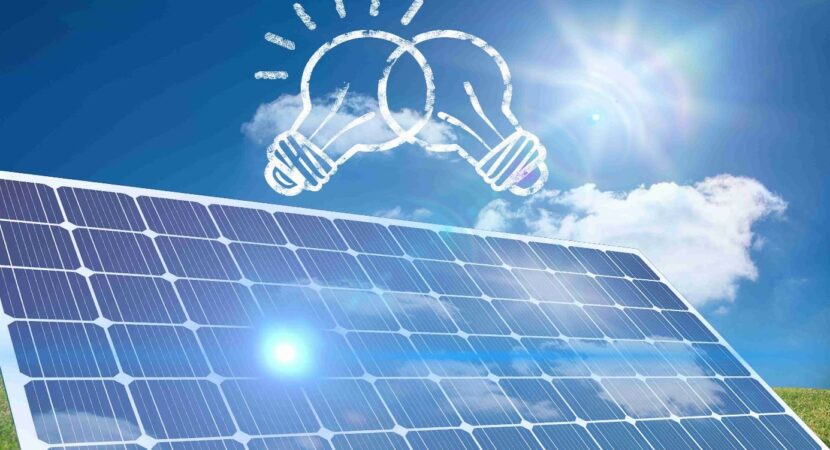
Solar energy, a renewable source, is a great solution for those who want to save on their electricity bill, taking into account the high value of electricity
For those looking for innovation and good cost-effectiveness to replace electricity, solar energy is a strong alternative. Check below the advantages, costs and operation of the residential system from this renewable source.
Also check out:
- Gerdau Graphene signs a contract with Embrapii/SENAI-SP to explore the great potential of graphene in polymeric resins
- Voith Hydro will modernize and extend the life of the turbines at the Paulo Afonso hydropower plant
- Fuel station network saves by creating its own solar energy network
Advantages of solar energy
The immense potential of solar energy in Brazil is underutilized due to the fact that many people do not know how it works and what it takes to use this other renewable source at home, and not electricity anymore.
“Solar energy for residential use, which is called distributed generation, is good for the consumer's pocket. But it is also good for Brazil because it is a developing country that will need a lot of energy to grow; and for the world, because it protects the environment, since it does not emit greenhouse gases”, emphasizes Rafael Shayani, professor of the Department of Electrical Engineering at the University of Brasília (UnB).
- good for the pocket
According to Shayani, an investment of 12 to 15 thousand reais in solar energy can reduce the electricity bill by 90%. The capital is recovered in approximately 5 years and the system lasts between 20 and 25 years.
- good for the country
As an increase in energy demand is expected due to the increase in industries that is expected in the coming years, solar energy is a renewable and cleaner source, which contributes to Brazil.
- good for the planet
Unlike the burning of natural gas and the need for hydroelectric power, solar energy does not flood forests or release greenhouse gases. Thus, this renewable source is beneficial to the Earth, being a way to protect the environment. “The more people adopt it, the more energy the country will produce, and the less fossil energy will need to be used”, adds Shayani.
What happens if there is no sun?
Connecting the boards to the electricity distribution network is an option to avoid power outages in situations without sunlight. “It's like the energy meter clock runs backwards when it's day and consumption is lower. At night, when there is no sun, you will get that energy back, using the energy from Brazilian hydroelectric plants”. In this way, the Energy Compensation System takes place: the clock marks the ratio between electrical energy and solar energy as zero.
How does solar energy work?
The differential of solar energy is that, unlike electrical energy, for example, its system is electronic, and solar panels are made from a silicon stone. Like water and wind, it is also a renewable source. “When sunlight falls on it, an electron skips, which ends up generating energy. This electric current leaves the roof and enters the equipment, energizing the house”, explains the specialist.
Modalities of this renewable source allowed
Four types of distributed generation of solar energy are legalized. The first is production at the consumer unit itself; the second, called remote self-consumption, which consists of two residences in the same state; the third is the modality of multiple consumer units, such as condominiums; the fourth is shared generation, which includes a larger plant.
Equipment cost
The value of the system is linked to two factors: the average amount of electricity used and the amount of sunlight on the site. “Normally, we get five hours of bright sun a day. Considering this average as a reference, we then need a solar energy system of about 2 kW installed on the roof of the house”, explains the professor.
In addition, the cost varies according to the dollar, which is around R$ 5,50. “Currently, this equipment should cost between R$ 12 and 15, but with it installed, the electricity bill can drop to the minimum amount charged by the concessionaire.”
Attention: installation must be carried out by a specialist company, as registration with the Security Council is required.










